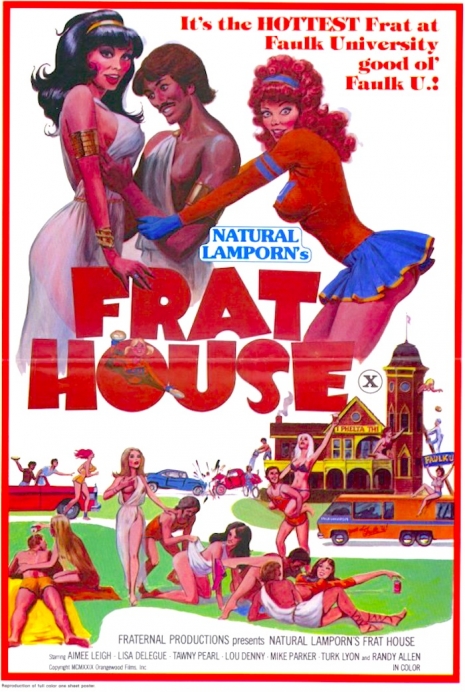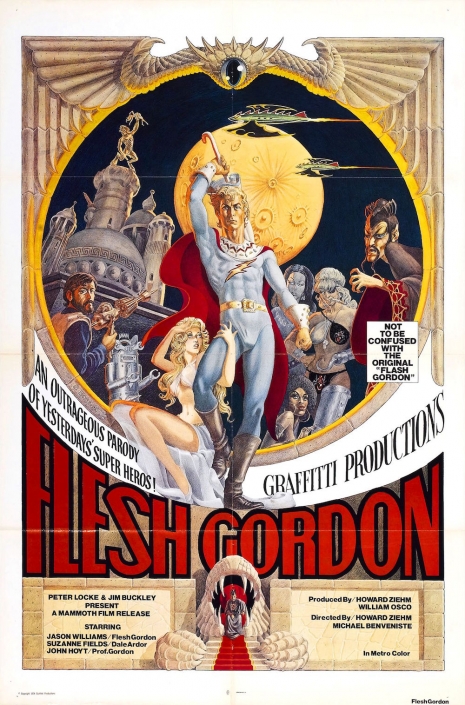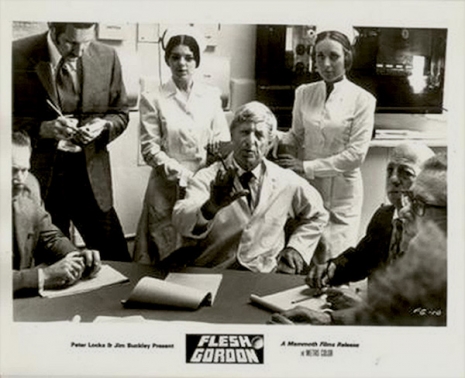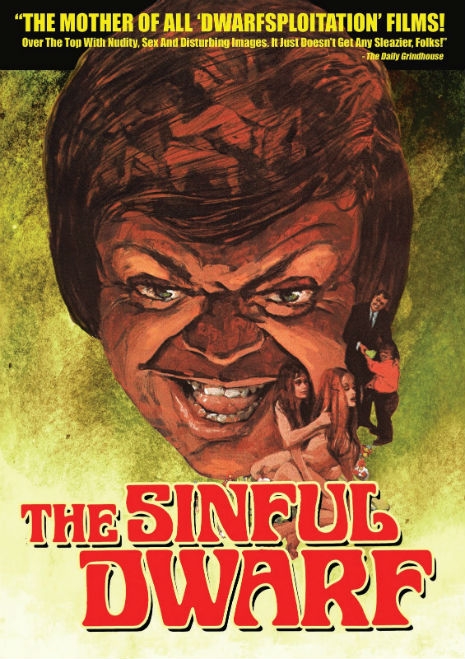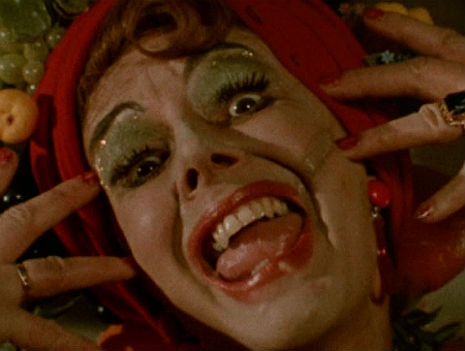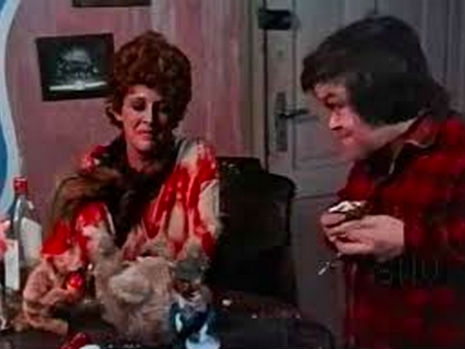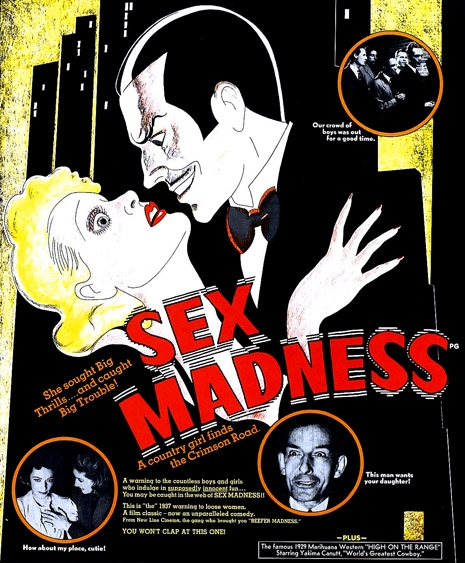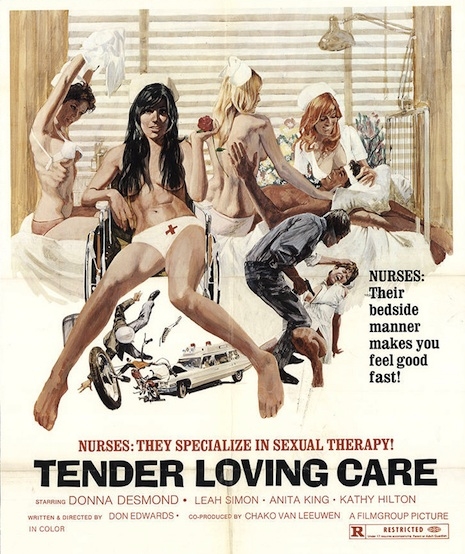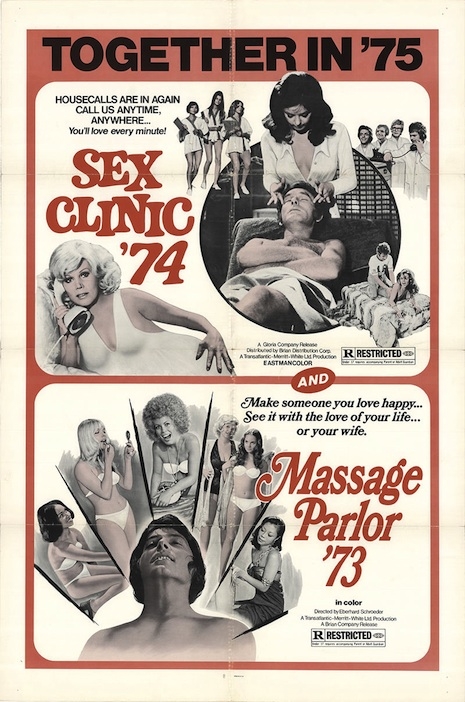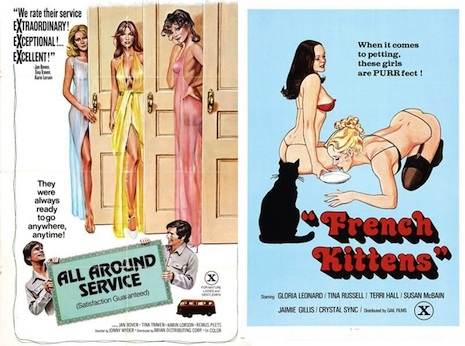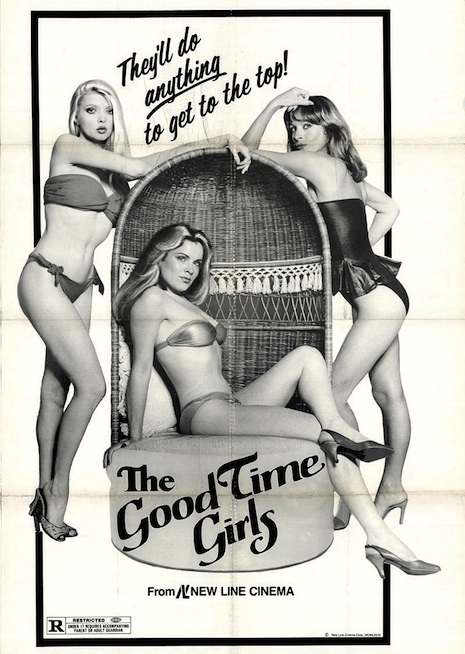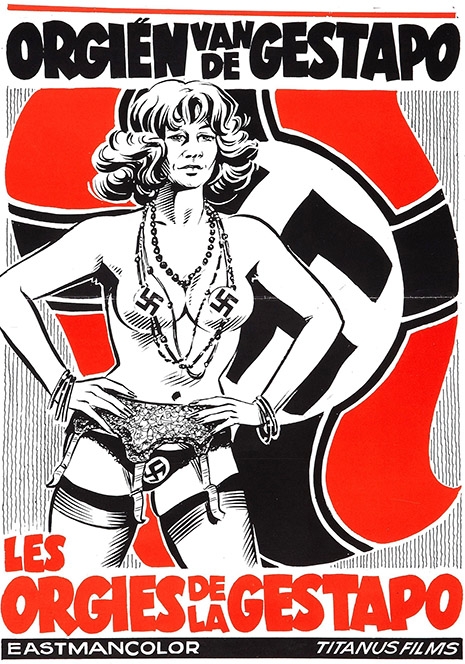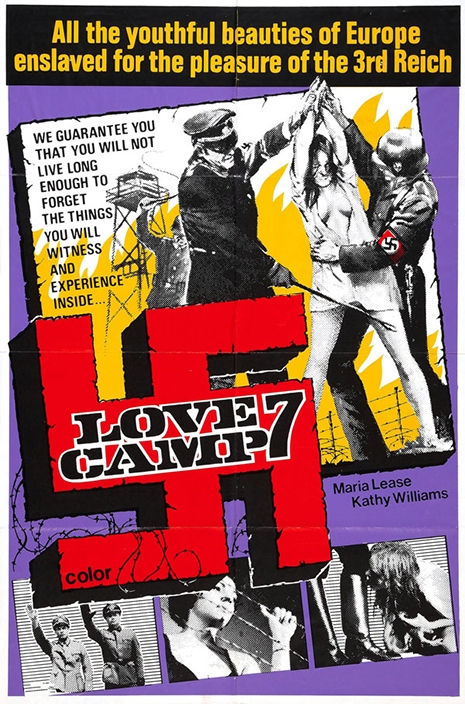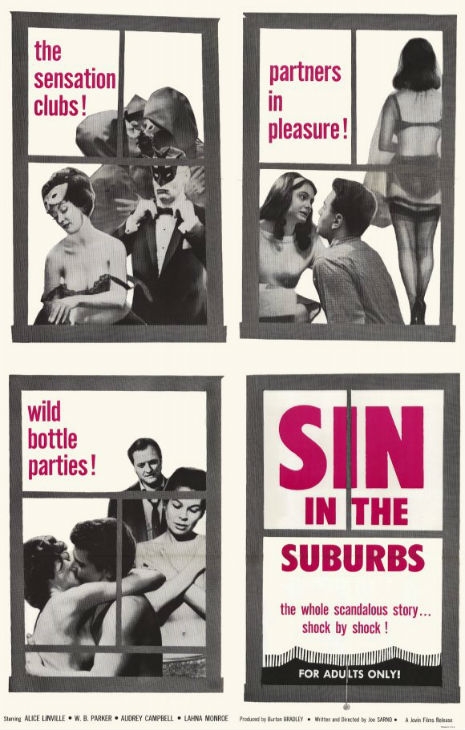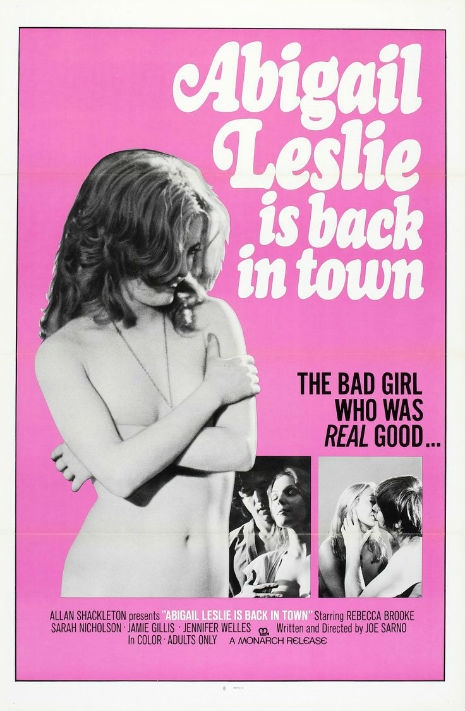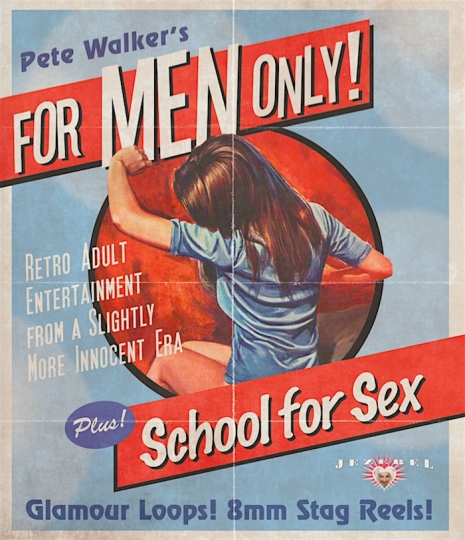
“For Men Only” (1968) and “School for Sex” (1969).
Let’s talk about Pete Walker—the sexploitation and horror movie director whose grand body of work includes such cult classics as House of Whipcord, Frightmare and The House of Mortal Sin.
Walker had a highly successful and equally controversial twenty-year film career as producer and director with his company Peter Walker (Heritage) Ltd. He started out in the early sixties making 8mm stag loops of busty models and finished his career on a high in the early eighties when he directed his last movie the big-budget all-star cast horror film House of Long Shadows (1983).
Walker describes his film career as “making mischief.” His movies (in particular those written by David McGillivray) take a well-aimed boot to the flabby rump of the British establishment. Walker has said he was interested in exposing the established order’s hypocrisy and “abuse of authority.” This he highlighted in films like House of Whipcord which exposed the depraved brutality at a correctional facility and House of Mortal Sin where a psychotic priest carries out his kind of final judgment on a few parishioners. Walker was inspired by what he saw going on all around him as he said in an interview from 2005:
“At any given time at my school, 50% of the masters had their hands down boys’ trousers,” he claims. “Prison wardens must have an in-built sadism, otherwise why would they do that job? Judges do a holier-than-thou act every day. How dare these people pontificate to the rest of us? They’re getting off on it!”
Walker made films quickly and cheaply. The son of the actor and music hall performer Syd Walker, the young Pete Walker raised enough cash from making stag loops to help finance his first feature I Like Birds in 1968. Shot over eight days on a tiny budget, I Like Birds was a minor hit and made a profit. It set the template for all of Walker’s future films—the “kick, bollock and scramble” school of filmmaking.
At a time when the British film industry was on life support, Walker was single-handedly making independent movies in guerilla fashion. He eschewed traditional narratives with their preachy moral undertones, instead opting for evil characters defeating the heroes and heroines or debauched couples have their “degenerate” behavior bring them happiness and reward—as can be seen in Cool It Carol!. Walker had a “fuck it” attitude and was shooting British cinema the bird.
He could have continued making soft core movies, but Walker decided in the early seventies to move into horror films with his first low-budget thriller Die Screaming, Marianne (1971). This starred Susan George, Barry Evans, and veteran actor Leo Genn. It’s an okay movie but doesn’t hint at what was to come.
The Flesh and Blood Show (1972) was his first proper horror movie in which a brutal psychopath terrorizes a group of young actors in an old abandoned seaside pier. It’s a thrilling tale well constructed and the kind of story writers like Richard Laymon would make a career out of penning in the 1990s.
Ignoring the rather poor comic strip sex romp Tiffany Jones (1973), it is the next three horror films that are his best work and define Walker’s career.
First up was House of Whipcord (1974) which was written by McGillivray and starred the greatest British horror actress ever Sheila Keith as an evil and sadistic prison governess. This was devilishly good entertainment that subverted the genre’s expectations. The film was heavily criticized and damned by many who saw it as some kind of far-right moral finger wagging. This was mainly because of Walker’s ironically subversive opening dedication “to those who are disturbed by today’s lax moral codes and who eagerly await the return of corporal and capital punishment.”
Then came Walker’s greatest film Frightmare (1974) which once again starred Sheila Keith this time as a seemingly ordinary neighborhood cannibal. Famed for its brutal splatter scenes—in particular one with an electric drill—long before Abel Ferrara made The Driller Killer—has led Frightmare to be described as:
A depraved, shameless and morally bankrupt depiction of the modern British family….
Frightmare is one enjoyable hell of a ride which benefits from Keith’s stunning performance and some well-judged acting from the supporting cast which included veteran actor Rupert Davies—who was best known as TV’s Maigret.
The final of this grand mid-seventies triumvirate was House of Mortal Sin (aka The Confessional) which starred Susan Penhaligon, Dynasty‘s Stephanie Beacham, Sheila Keith and Anthony Sharp as seriously deranged priest Father Xavier Meldrum.
Walker was raised a Catholic and gleefully uses the church’s sacraments in blasphemous fashion to kill people. The film was reviled by critics, though proved to be another box-office hit. However, Walker wasn’t completely pleased with the response:
“I was really hoping to get into trouble on that one. I mean, he kills people with a communion wafer, which is meant to be the body of Christ in Catholicism. I made that film because I went to a Catholic school where hellfire and damnation were rammed down my throat. I was waiting for a blasphemy charge from the Vatican. But it never came.”
Walker continued to make movies but the returns weren’t so good. Apart from House of Long Shadows, the best of his later work was slasher movie The Comeback (1978) starring singer Jack Jones. Walker retired from movies in his early forties and moved into the construction industry.
You’d think after making some of the best British horror films ever made, Pete Walker might have received a few prizes or honors or maybe a couple of initials after his name. But all the dear man ever got from working in movies was hemorrhoids.
Now having had the intro, here’s a quick taste of the posters (and some movie stills) from Pete Walker’s movie career.
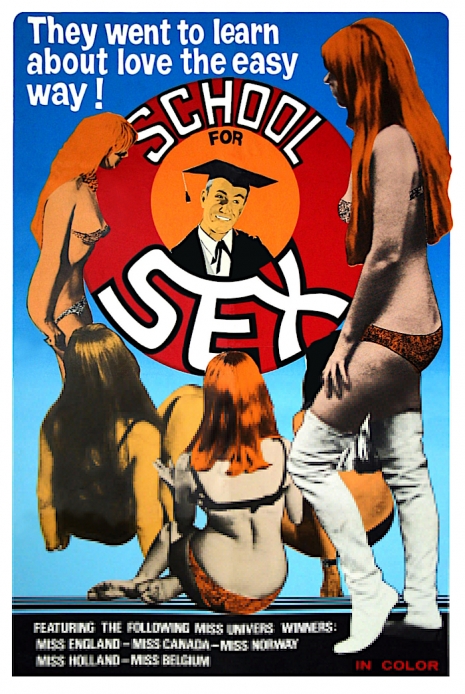
“School for Sex” (1969).
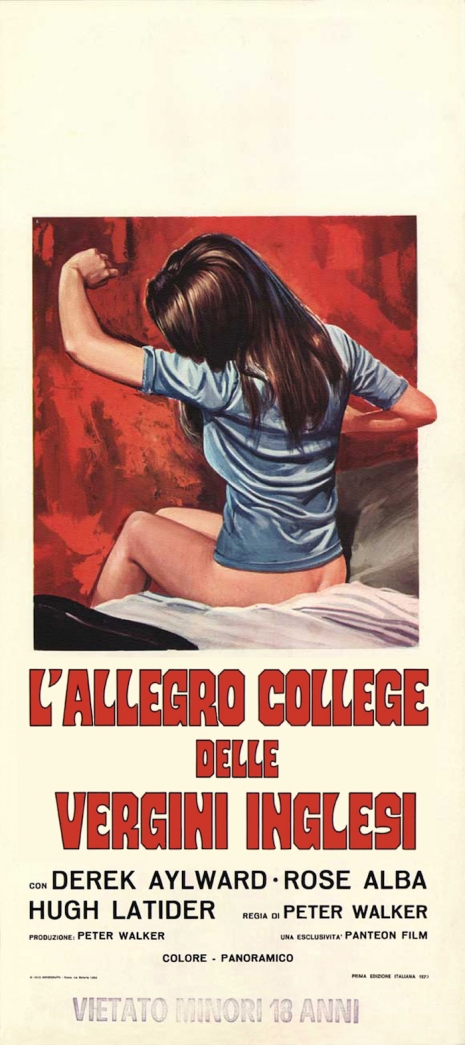
Italian poster for “School for Sex” (1969).
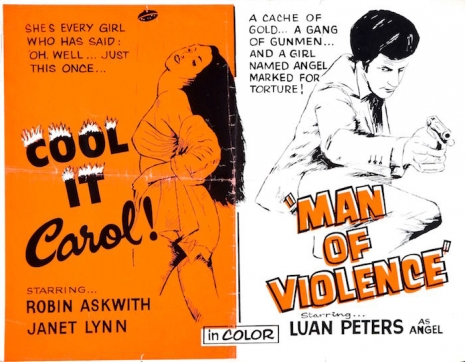
Combo poster for “Cool It Carol!” (1970) and “Man of Violence” (1969).
More posters from Pete Walker’s back catalog, after the jump…



